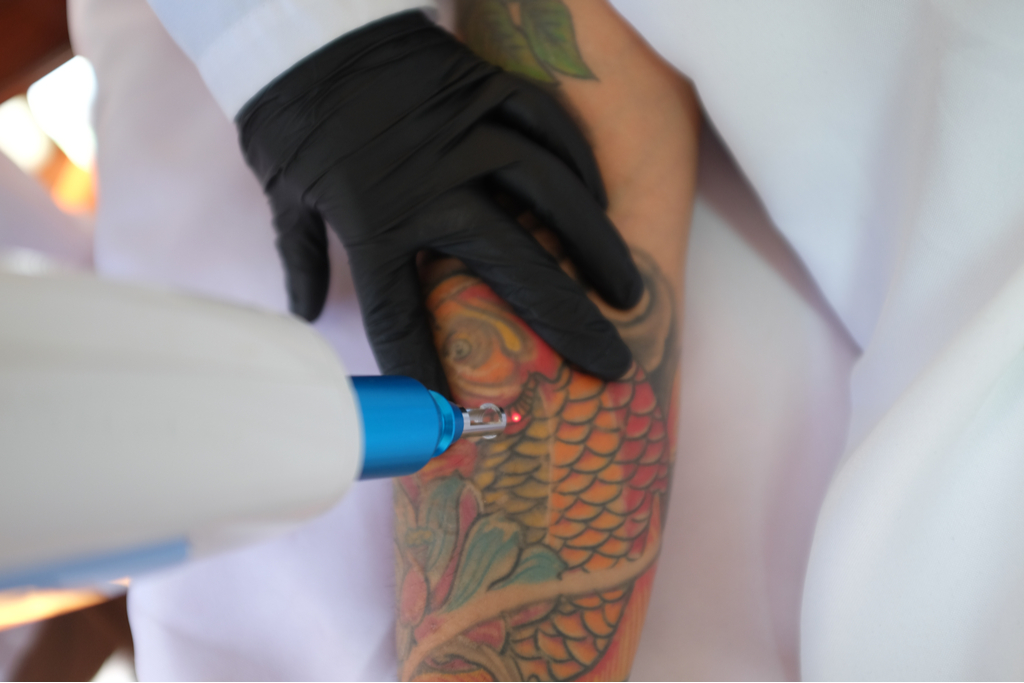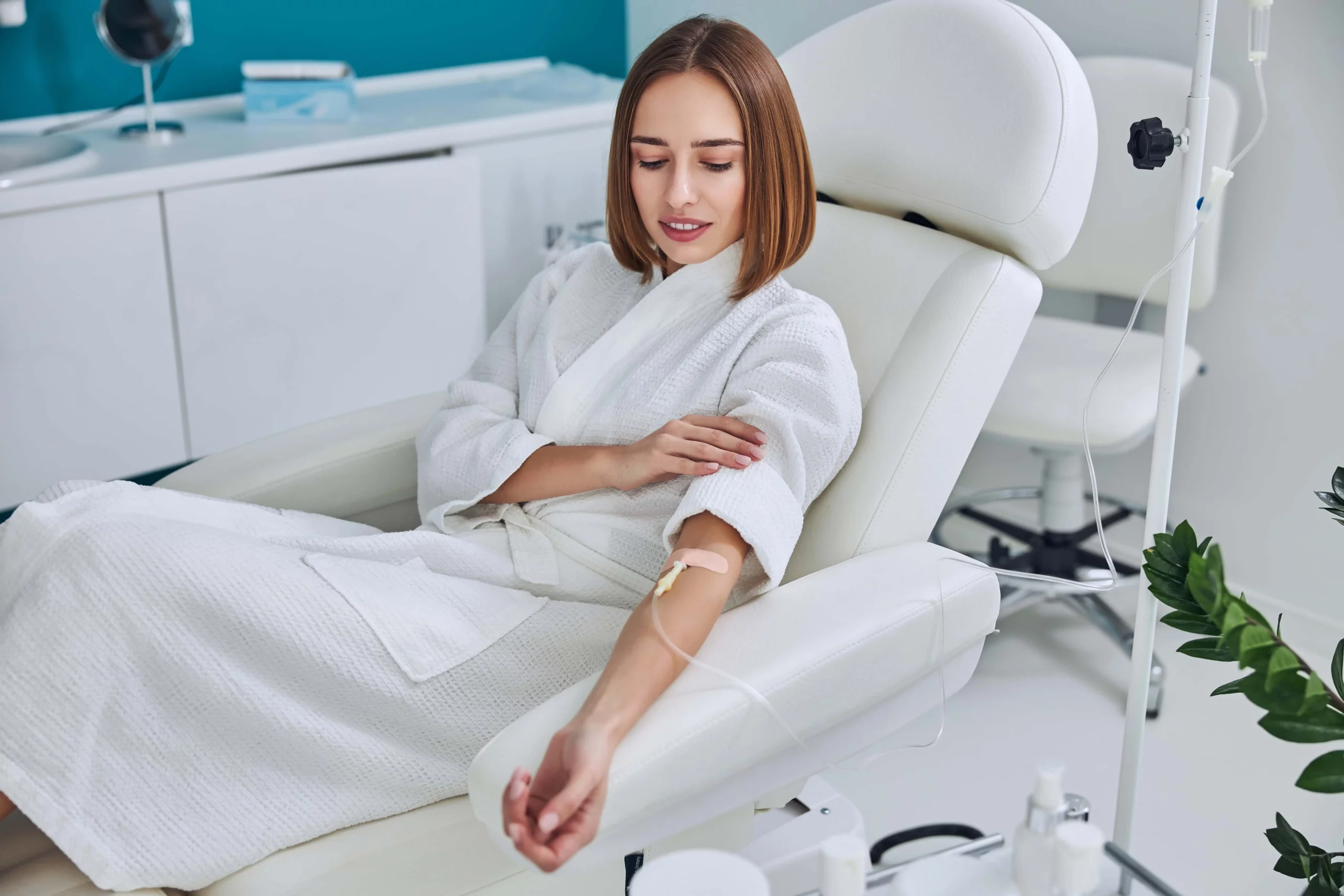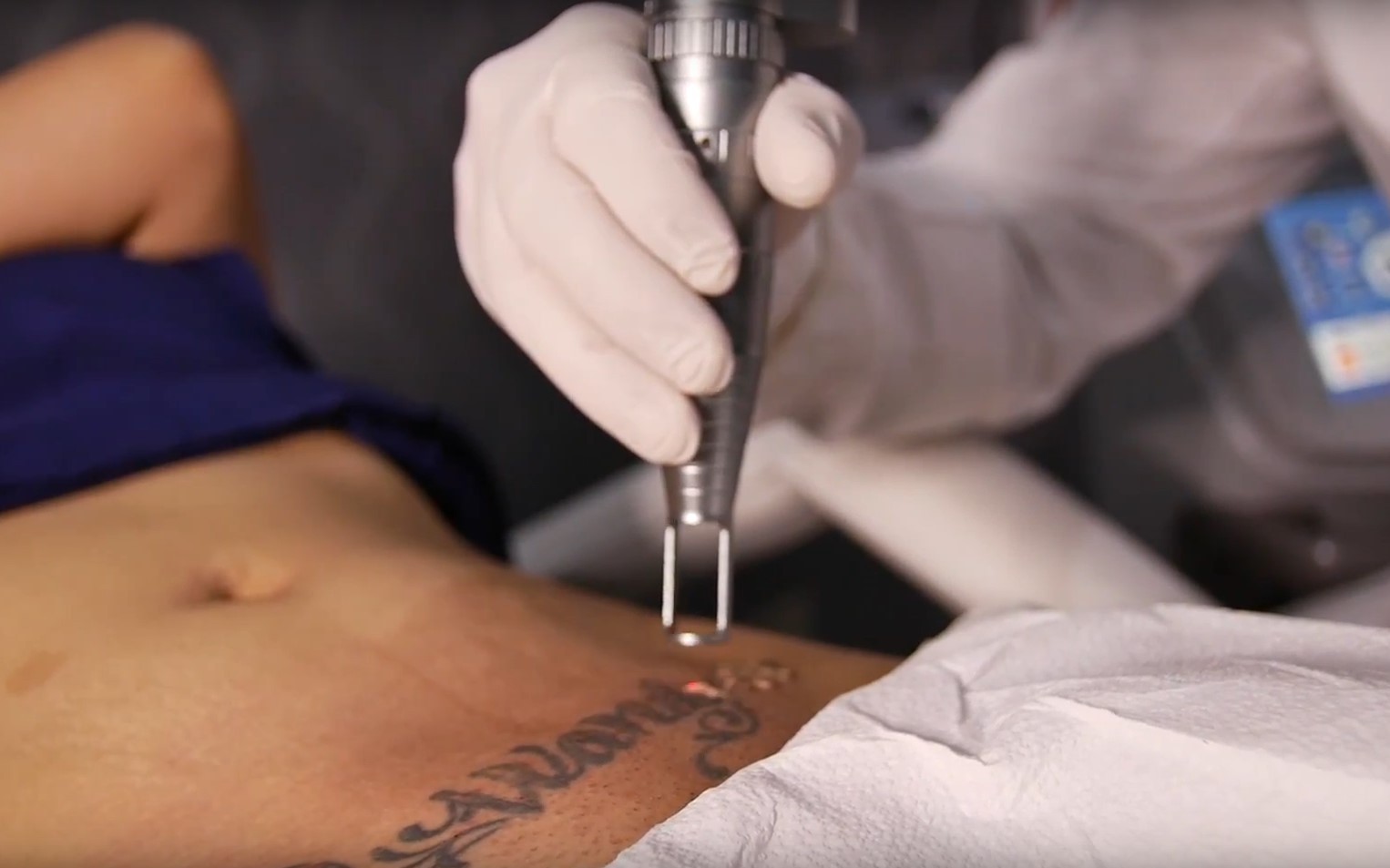What kind of needle is used during an IV drip at home treatment?

Strong8k brings an ultra-HD IPTV experience to your living room and your pocket.
Intravenous (IV) drip treatments are becoming increasingly popular for a variety of health and wellness purposes. With advancements in healthcare services, many people are opting to have IV drips administered at home, providing a convenient and effective way to receive nutrients, hydration, or medications directly into the bloodstream. A crucial aspect of the IV Drip at Home in Dubai process is the needle used to administer the treatment. Understanding the types of needles and their roles can help ensure the procedure is both safe and comfortable.
The Importance of the Right Needle
The needle used in an IV drip treatment is essential for ensuring that the fluids, medications, or nutrients are delivered into the bloodstream effectively. Different types of needles are used depending on factors such as the size of the vein, the duration of the treatment, and the patient's comfort. Choosing the right needle is key to avoiding complications, ensuring precise delivery of fluids, and minimizing discomfort during the process.
Types of Needles Used for IV Drip Treatment
When administering an IV drip, healthcare professionals use specific types of needles designed for different purposes. The most common types of needles used in home IV treatments include:
Butterfly Needle
Butterfly needles are small, lightweight, and designed for short-term access to veins. They are commonly used in situations where a patient needs a quick, single-use IV drip, such as hydration or vitamin infusions. These needles have "wings" on either side that make it easier to hold and stabilize, which helps minimize movement and enhances comfort during the procedure. The butterfly needle is ideal for veins that are smaller or harder to access, often used in the hands or forearms.
Over-the-Needle Catheter (ONC)
The Over-the-Needle Catheter is one of the most commonly used needles in IV therapy. This type of needle is equipped with a hollow plastic tube that remains in the vein after the needle is removed, allowing for a continuous flow of fluids during the treatment. The catheter is designed to minimize discomfort and is often used for longer IV drips, as it provides a more secure connection for fluids or medications. This needle is especially useful for individuals who require extended IV therapy sessions, as the catheter remains in place for the duration of the treatment.
Peripheral IV Needle
The peripheral IV needle is another frequently used needle for home drip treatments. It is designed for veins located near the surface of the skin, such as those in the arms or hands. This needle type is typically used for hydration, vitamin, and electrolyte infusions. Peripheral IV needles are smaller in size compared to other needles, making them a less invasive option for short-term treatments. They are generally chosen for their ability to access veins quickly, with minimal discomfort.
Midline Catheter
Midline catheters are used for patients who require a longer infusion time or for those whose veins are difficult to access using standard needles. This needle type is longer than peripheral needles, and the catheter is inserted deeper into the vein. Midline catheters are often used for patients receiving treatment for chronic conditions, and they provide the benefit of staying in place for longer durations, reducing the need for frequent needle changes.
Central Line Needle
Central line needles are used for more complex or long-term IV therapy. These needles are typically used when access to larger veins, such as the jugular vein or subclavian vein, is necessary. Central lines allow for the administration of a higher volume of fluids and medications over extended periods. They are generally used in more serious health conditions and require specialized training for insertion. However, this type of needle is less commonly used in home treatments compared to the other types listed above.
Needle Gauge and Its Significance
The gauge of the needle refers to the diameter of the needle's lumen, or the hollow space through which fluids or medications are administered. The gauge can vary depending on the type of treatment and the patient's needs.
Smaller Gauge Needles
Smaller gauge needles, such as those with a 22-24 gauge, are typically used for patients with smaller veins or those requiring less invasive treatments. These needles are thinner, which helps reduce discomfort during insertion and minimizes the risk of damaging the vein. They are commonly used for hydration or vitamin infusion therapies.
Larger Gauge Needles
Larger gauge needles, such as those with an 18-20 gauge, are used for more intensive IV treatments that require a larger volume of fluids to be administered quickly. These needles are often used for blood transfusions, certain medications, or when rapid hydration is necessary. While these needles are thicker, they are chosen for their ability to deliver fluids at a faster rate, especially when time is a critical factor.
The Role of Needle Length
The length of the needle used during an IV Drip at Home treatment is also an important consideration. Longer needles are typically used when accessing deeper veins or when a catheter is required to remain in place for an extended period. Shorter needles are generally used for quick, less invasive treatments where temporary access to a vein is sufficient.
Short Needles for Shallow Veins
For veins located just beneath the skin, shorter needles are used to access the area without causing excessive discomfort. These needles are ideal for situations where fluids need to be infused over a short period, such as during hydration or minor vitamin infusions. They offer the benefit of reducing the risk of bruising and pain.
Long Needles for Deeper Veins
When accessing deeper veins, longer needles are often necessary to ensure that the catheter or needle is able to deliver fluids directly into the bloodstream. These longer needles are designed to reach veins that are further from the surface of the skin and are typically used for more complex procedures or long-term treatments.
Needle Safety and Comfort
The comfort and safety of the patient are of the utmost importance when selecting a needle for home IV drip treatments. The right needle size, gauge, and length can help ensure that the treatment is both effective and as painless as possible. Professionals administering the treatment also take precautions to minimize the risk of complications, such as infection or damage to the vein.
Needle Insertion Techniques
Proper technique during needle insertion is critical to ensuring that the procedure goes smoothly. Healthcare professionals who provide home IV treatments are trained in minimizing discomfort by using a gentle, controlled insertion method. Additionally, they may employ various strategies, such as using a local anesthetic, to further reduce discomfort during the procedure.
Aftercare for IV Needle Site
After the needle is inserted, proper care of the insertion site is essential to prevent complications and ensure the effectiveness of the treatment. This includes cleaning the area to prevent infection and monitoring the site for any signs of swelling or irritation. Healthcare providers may provide instructions for aftercare and follow-up appointments to ensure the IV drip treatment is successful.
Conclusion
The needle used during an IV drip at home treatment plays a significant role in ensuring the success of the procedure and the comfort of the patient. Whether using a butterfly needle for short-term treatments or a more specialized catheter for extended therapy, choosing the right needle is essential for achieving optimal results. By understanding the different types of needles available, patients can feel confident in the quality and safety of their home IV drip treatments.
Note: IndiBlogHub features both user-submitted and editorial content. We do not verify third-party contributions. Read our Disclaimer and Privacy Policyfor details.







